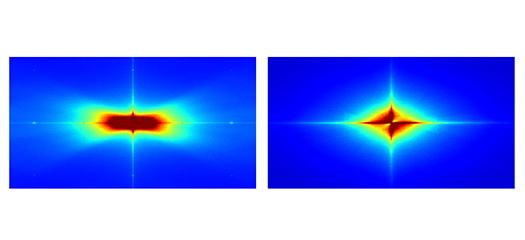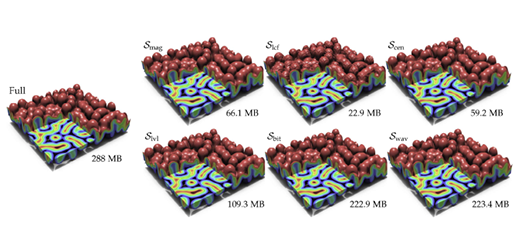Almost all phenomena in science and engineering are inherently multiscale, and many require exploration across orders of magnitude in both space and time. Solving such problems at the finest scales is computationally prohibitive, whereas the affordable coarser scales do not provide the required fidelity to answer relevant questions.
Understanding such behavior requires coupling across scales adaptively—a task commonly performed using computational science technique.
CASC is leading the development of new scientific machine learning (SciML) technology to explore such scientific behavior across scales through intelligent automation and decision support for complex systems. The cross-cutting nature of such technology makes it widely applicable to many scientific domains. Combined with the modern HPC resources, SciML will provide a new paradigm for large scientific simulations.
The early adoption of CASC’s SciML technology was demonstrated on the “Pilot 2” project for studying cancer initiation mechanisms.




